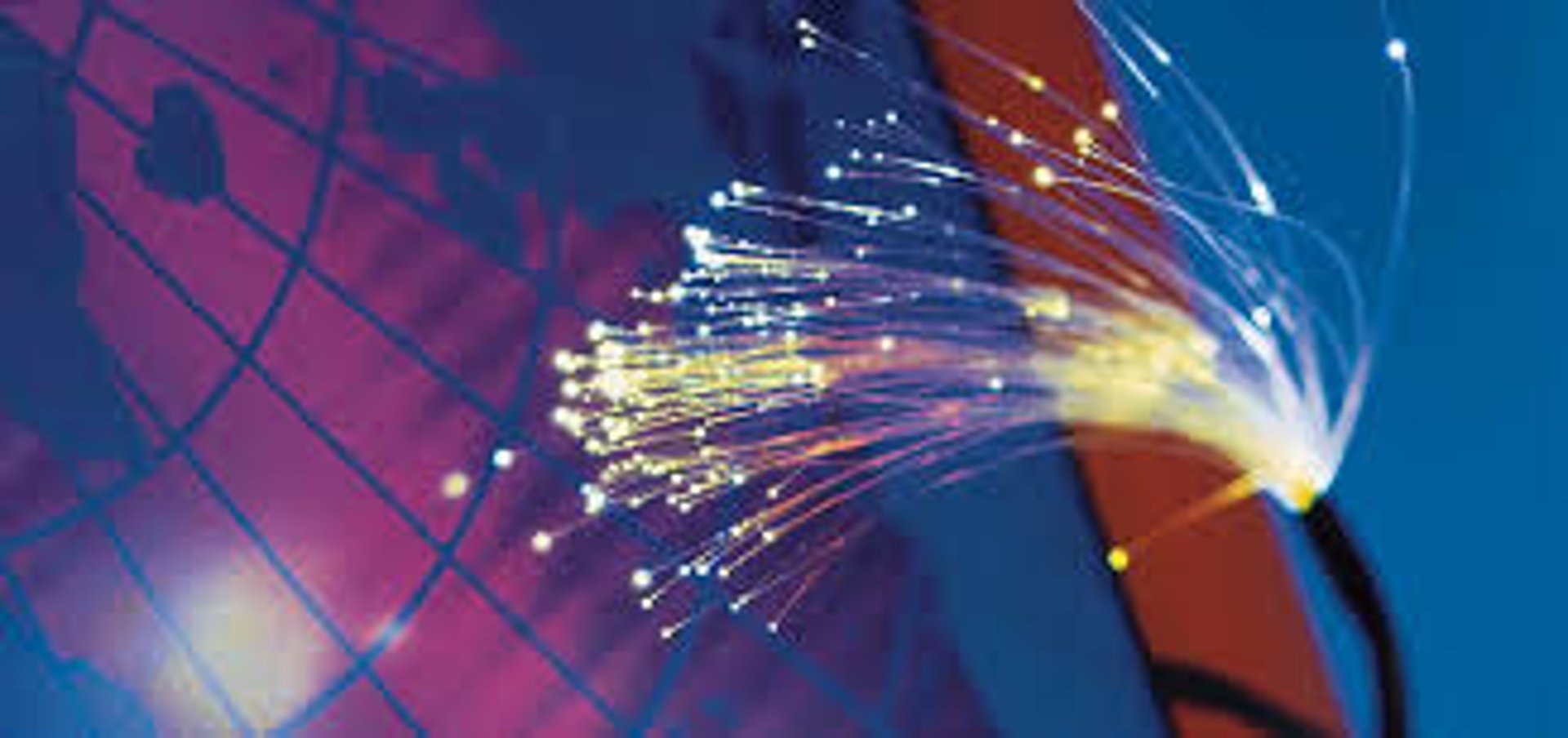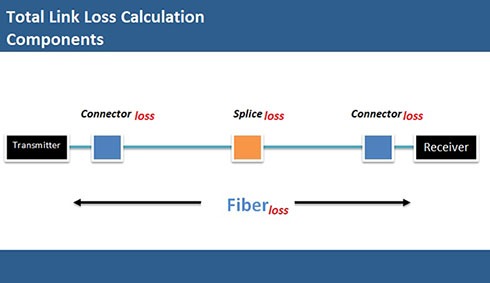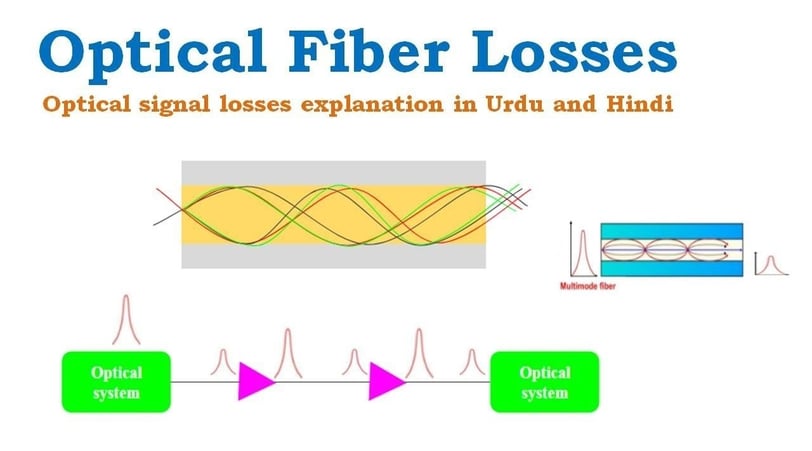
Fiber Cable Acceptable Loss: Key Factors and Guidelines
Acceptable loss refers to the maximum amount of signal attenuation that can occur in a fiber optic communication system.
10/9/2024
What is Fiber Optic Cable Acceptable Loss?
Fiber optic cable acceptable loss refers to the maximum amount of signal attenuation that can occur in a fiber optic communication system while still maintaining effective performance. This concept is critical as it directly impacts the quality and reliability of signal transmission over long distances. Attenuation is the gradual loss of signal strength as light travels through the fiber, largely influenced by the fiber’s material, wavelength of light used, and the overall design of the system.
To understand acceptable loss, one must first consider the loss budget, which is a calculated allowance for the various factors contributing to signal degradation. A loss budget encompasses all potential sources of loss in a fiber optic link, such as splice losses, connector losses, and the inherent fiber loss measured in decibels per kilometer (dB/km). By summing these factors, engineers can determine if the total anticipated loss is within acceptable parameters for the given application. This calculation is crucial for ensuring that the received signal strength is sufficiently robust to deliver data without significant errors.
The implications of acceptable loss extend to signal quality, affecting factors such as data transmission rates and overall system performance. If loss exceeds the defined thresholds, it can result in a degraded signal that may lead to packet loss, reduced speeds, and potentially necessitate additional signal amplification. Therefore, managing fiber optic cable loss is essential for ensuring that communication systems perform optimally, especially in applications where high data rates and reliability are paramount. The adherence to acceptable loss standards is a fundamental practice in the design and implementation of fiber optic networks, ensuring the longevity and efficacy of these systems.
Key Factors Affecting Fiber Optic Cable Acceptable Loss
Fiber optic cables are critical components in modern telecommunications and data transmission networks. The acceptable loss in these cables directly influences the quality and reliability of signal transmission. Several key factors can significantly impact the acceptable loss during the operation of fiber optic cables, which include the type of fiber optic material used, the cable length, connector quality, and environmental conditions.
The first factor to consider is the type of fiber optic material. There are two common types: single-mode and multi-mode fibers. Single-mode fibers have a smaller core diameter and allow light to travel in a single path, resulting in lower dispersion and consequently reduced signal loss. In contrast, multi-mode fibers possess a larger core, allowing multiple light paths, which can lead to higher modal dispersion and increased acceptable loss, especially over longer distances.
Another crucial element is the length of the fiber optic cable. Generally, the longer the cable, the greater the signal loss due to attenuation. This attenuation is influenced by the physical properties of the fiber, including its refractive index profile and the quality of the materials used in manufacturing. Therefore, careful consideration of cable length is vital when designing optical networks to ensure minimal signal degradation.
Additionally, the quality of connectors and splices plays a significant role in determining acceptable loss. Poorly manufactured or improperly installed connectors can introduce excess loss at connection points, undermining overall network performance. The precision of connector alignment and cleanliness is thus essential for maintaining low-loss connections.
Environmental factors, such as temperature fluctuations and humidity levels, can also contribute to acceptable loss. High temperatures may lead to increased attenuation, while excessive humidity can create moisture within the fiber, affecting performance. External interference, such as electromagnetic interference, can further diminish signal quality, necessitating careful installation considerations.
Guidelines for Managing Acceptable Loss in Fiber Optic Installations
Effective management of acceptable loss in fiber optic installations is crucial for maintaining optimal performance and ensuring the reliability of communication networks. The first step is to implement best practices during the handling and installation of fiber optic cables. Proper handling minimizes the risk of damage that can lead to increased loss. This involves avoiding excessive bending, twisting, or pulling of the fibers during installation. While transporting and installing fibers, utilizing protective tubing or trays can also be beneficial in preventing unintentional stress on the cables.
Next, splicing techniques play a significant role in managing loss. It is essential to ensure clean and precise cuts of the fiber ends, coupled with accurately aligned fibers during the splicing process. Any variation in alignment can lead to increased insertion loss. The use of appropriate splicing tools and equipment cannot be understated, as they directly impact the quality of the splice. For fusion splicing, using a high-quality fusion splicer will yield better results compared to traditional mechanical splicing when it comes to minimizing loss.
Additionally, installation practices are pivotal in managing acceptable loss. Attention should be given to the installation environment, including factors such as temperature, humidity, and exposure to external elements, which can potentially impact fiber integrity. Utilizing the correct type of cable for specific applications also contributes to minimizing loss. For instance, selecting indoor-rated cables for internal installations and outdoor-rated cables for external environments can make a significant difference in performance.
Finally, regular testing and monitoring of fiber optic networks are essential after installation. Utilizing tools like optical time-domain reflectometers (OTDR) allows for the identification of any issues that may arise over time. By routinely monitoring acceptable loss levels, network operators can ensure that they remain within specified limits throughout the operational lifespan of the installation, thus maintaining optimal performance of fiber optic communications.
Conclusion: The Importance of Acceptable Loss in Fiber Optic Systems
Understanding acceptable loss in fiber optic systems is crucial for maintaining optimal network performance and reliability. As discussed throughout this blog post, acceptable loss refers to the maximum amount of signal reduction that can occur in a fiber optic cable while still allowing for effective data transmission. Factors such as the type of fiber used, connector quality, and environmental conditions all play a significant role in determining acceptable loss levels. By managing these elements carefully, network professionals can ensure that fiber optic installations perform at their best.
The implications of acceptable loss extend beyond mere data transfer; they significantly impact the overall reliability of communication systems. High levels of loss can lead to inadequate signal quality, resulting in frequent disruptions and potential data loss. This reinforces the necessity for network engineers to incorporate loss management strategies during the planning stages of fiber optic deployments, as well as during maintenance and upgrades. A comprehensive understanding of acceptable loss aids in identifying potential issues before they escalate, thereby enhancing the longevity and efficiency of the network.
Moreover, as technology advances and the demand for high-speed data transmission grows, the importance of acceptable loss becomes even more pronounced. Network professionals must prioritize this consideration to adapt to emerging challenges in the field of fiber optic communication. By ensuring that acceptable loss parameters are integrated into both operational strategies and planning processes, organizations can enhance their network capabilities, ultimately leading to improved service delivery.
In light of these factors, it is vital for professionals in the fiber optics industry to familiarize themselves with acceptable loss guidelines and to continuously monitor the systems in place. This knowledge will be instrumental in achieving and maintaining high-quality fiber optic communications.




Your trusted online source for fiber optic products.
© 2025. All rights reserved to Fiber Xpress Mart.
Contact Us
Fiber Xpress Mart


